Camponotus ants and their endosymbionts – a good symbiosis or a struggle for resources?
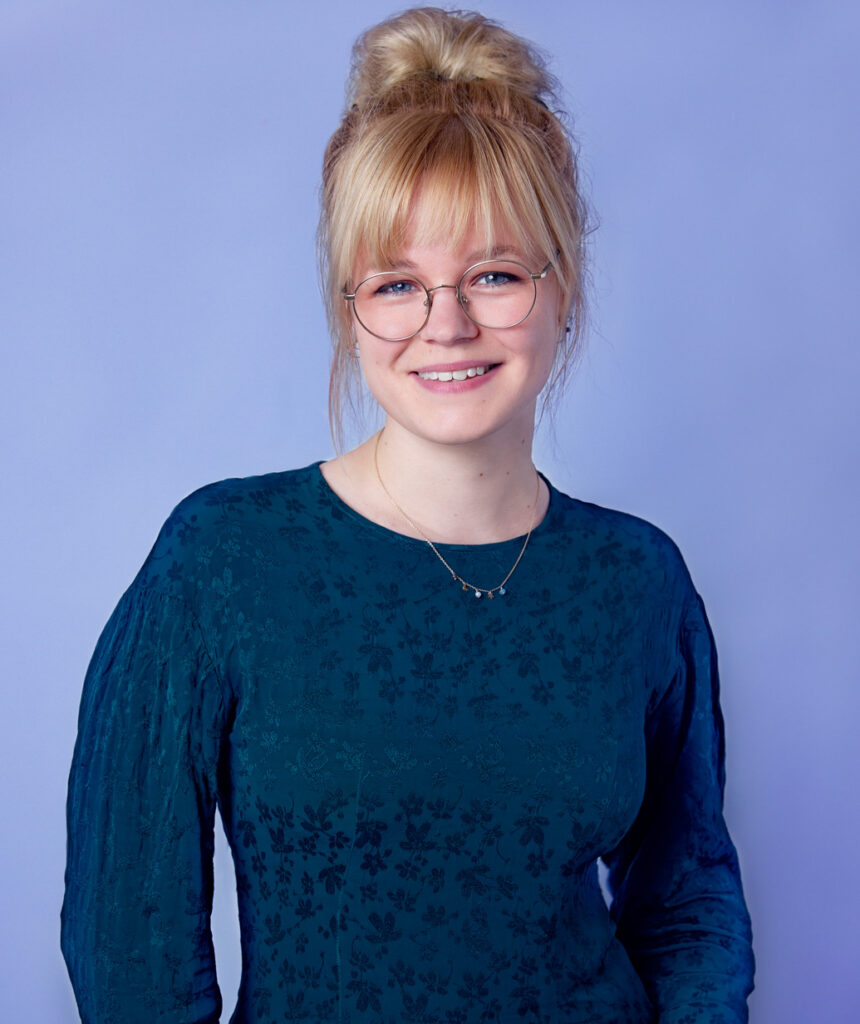
In the recent article “Harbouring Blochmannia incurs costs: a trade-off between the necessity of the obligate primary endosymbiont for brood development and its costs for adult carpenter ants (Hymenoptera: Formicidae)” by Anika Preuss, Peter Czuppon, Ulrich R. Ernst, and Jürgen Gadau, the authors investigated the importance of the bacterial mutualist Blochmannia in Camponotus ants for offspring rearing. The researchers conducted cross-fostering experiments involving colonies with and without Blochmannia, the latter due to antibiotic treatment. Eggs from antibiotic-treated colonies had a reduced likelihood of developing into larvae and adults. Surprisingly, workers without Blochmannia (antibiotic-treated) were more successful in rearing both eggs of their mother and foreign eggs from treated and untreated colonies compared to workers with Blochmannia. This suggests that the Blochmannia symbiosis imposes substantial costs on the host in terms of brood rearing. Here, the first author Anika Preuss answers a few questions and highlights the main points of the study.



An Interview compiled by Gaurav Agavekar, Phil Hoenle, and Patrick Krapf

MNB: Could you tell us a bit about yourself?
AP: I am a PhD student, mostly interested in biomechanics, morphology and evolutionary biology. Since my Bachelor’s I have been fascinated by ants. This fascination never left me, especially after my first field trip to the west coast of Africa when I was able to first observe our lab ant species in its natural environment. In particular, the different interactions between organisms like mutualism and competition are of special interest to me, resulting in that I have now even focused on the topic of parasitism during my PhD. And all this started back then with a small African ant species at the Ivory Coast.

MNB: Could you briefly outline the research you published in Myrmecol. News in layman’s terms?
AP: Camponotus ants harbour bacteria (Blochmannia) inside their gut (and partly in their ovaries). In fact, these bacteria live inside specialised cells called bacteriocytes and cannot live outside them (endosymbionts). Usually, such endosymbionts help their host by producing special compounds (e.g., vitamins). In return, they receive shelter and nutrients from their host. Since this seems to be beneficial to both parties, it is regarded as a mutualism. However, there is always the possibility that one partner tries to get more out of such a symbiosis than the other. In the case of our ants, we wondered whether the endosymbiont Blochmannia would always be beneficial to their host, or whether there might be situations where they could be detrimental. Therefore, we conducted cross-fostering approaches, where we exchanged eggs between natural ant colonies (with naturally occurring endosymbionts) and endosymbiont-free ant colonies. To reduce the number of endosymbionts, we fed them antibiotics over three months prior to the experiment. We then looked at how successful they were at rearing the brood.
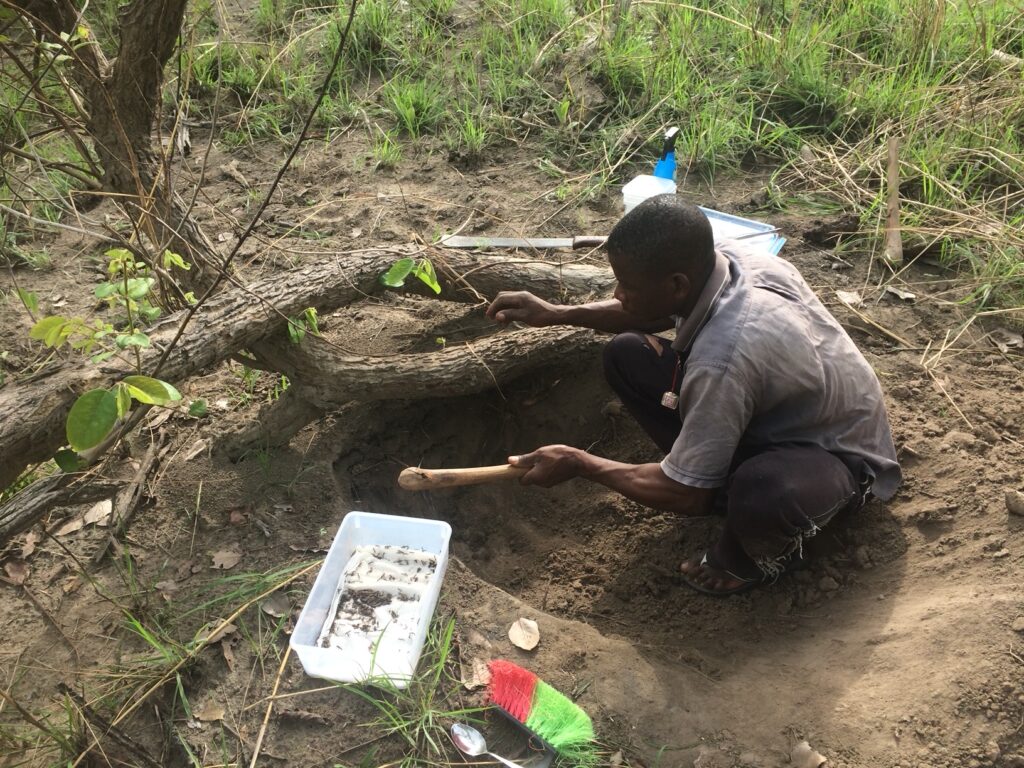
MNB: What is the take-home message of your work?
AP: Eggs laid by queens and treated with antibiotics to eliminate their endosymbionts Blochmannia exhibit a low likelihood of maturing into pupae and an even rarer chance of reaching adulthood. Interestingly, a new and surprising finding is that workers with antibiotics treatment (i.e., reduced numbers of endosymbionts) are more adept at nurturing eggs from untreated colonies (i.e., harbouring endosymbionts) than untreated workers.

This underscores a potential fitness cost of endosymbionts for their host ants, specifically in terms of diminishing the efficiency of raising offspring. This phenomenon sheds light on the intricate interplay between the ants and their endosymbionts, revealing that despite the essential role of Blochmannia in the ants’ embryogenesis and the longstanding evolutionary history between them, there remain potential and realized fitness costs in the context of reproduction.
MNB: What was your motivation for this study?
AP: The whole study more or less resulted from a rather random observation during my Bachelor thesis, when I had intensively studied the symbiosis between ants and their bacterial endosymbionts. During the first fostering approaches, we noticed that eggs laid by queens from colonies treated with antibiotics showed a tendency for poorer development to pupal stage and that workers from treated colonies had a higher egg-rearing success than untreated workers. Through these observations, we came up with the idea that these ants and their endosymbionts might not show an exclusively mutualistic relationship, but that this relationship might change during the lifecycle of the ants.
Therefore, interestingly, we found that the bacteria were only needed in the first developmental stages for brood development, as previous studies had shown, but the bacteria had a negative effect on the capacity of adult ants to raise brood (and hence a fitness cost on the colony level), which had not been shown experimentally before.
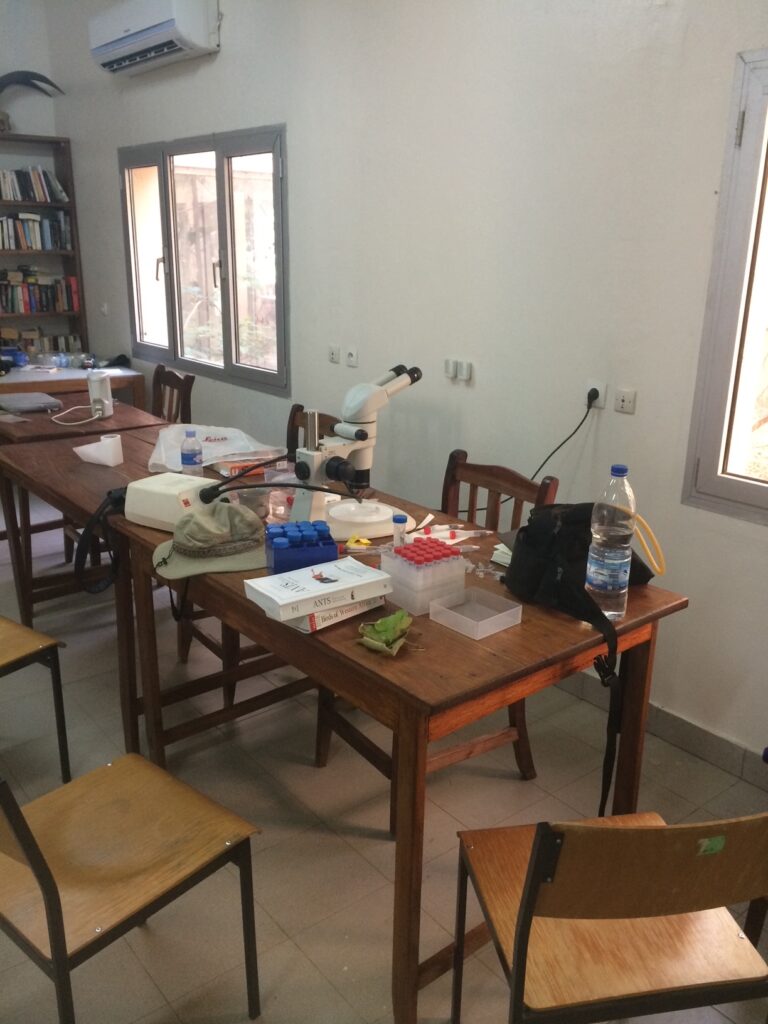
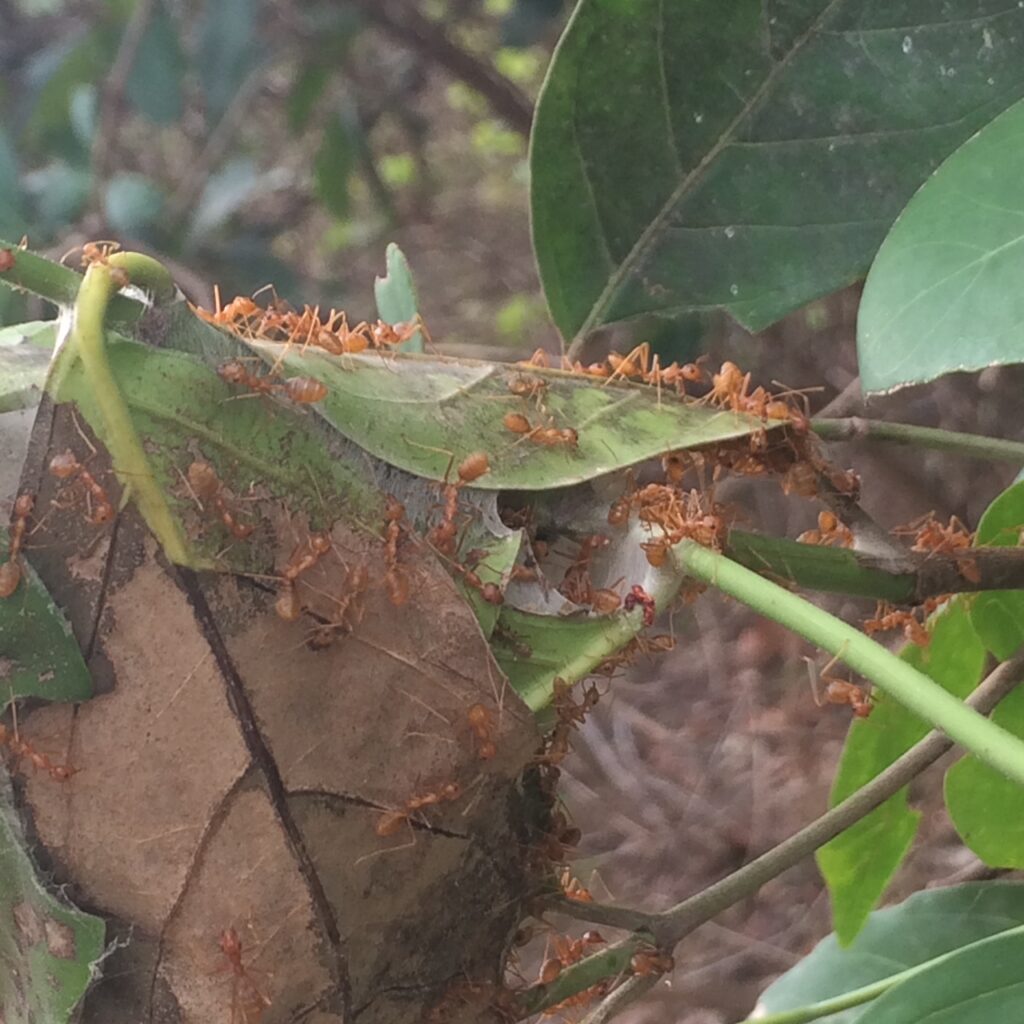
MNB: What was the biggest obstacle you had to overcome in this project?
AP: Keeping track of the immense data sets, creating valid statistics, and taking care of 56 ant colonies at the same time.
MNB: Do you have any tips for others who are interested in doing related research?
AP: As per usual, everything takes longer than expected! The whole project required a long time of preparation since the treatment with antibiotics had to be done over 3 months prior to the experiment. Feeding and maintaining 56 ant colonies over several months was very time-consuming. Furthermore, one needs enough biological replicates (queens including colonies), which are able to produce enough eggs for the cross-fostering the subcolonies – in our experience, this might be a limiting factor for the whole study. Moreover, we think that a validation that there was indeed a reduction of endosymbionts by antibiotics contributes to an increased power of all results.

MNB: Where do you see the future for this particular field of ant research?
AP: I think that the various interactions between ants and their endosymbionts are often much more complex than previously thought. For this reason, I think that in the future there will be many more studies on relationships between ants and endosymbionts that will shed a new light on some of these relationships. We are all already looking forward to these studies because there is still so much to discover in relation to this field of research!




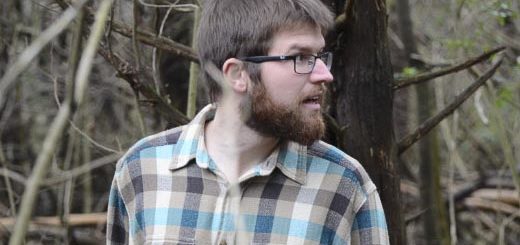

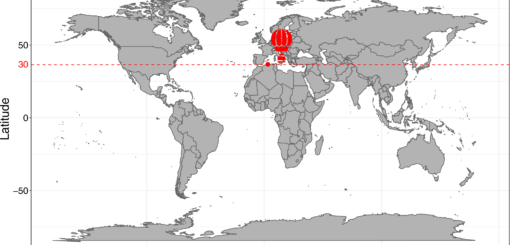
Recent Comments